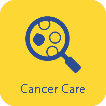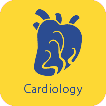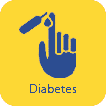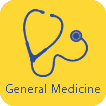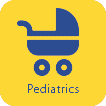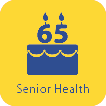Why do I get cold sores?
“Cold sores” (also called fever blisters) are among the most common oral lesions. They occur outside the mouth, usually seen as clusters of small blisters around the lips and at times under the nose or on the chin.
The herpes simplex virus 1 (HSV-1) is the cause, from a personal contact during childhood—usually before 10 years of age. This can simply happen by either directly or by sharing eating utensils, the virus is then passed from person to person by saliva. There is presently no known cure for HSV-1 infection and treatment is to encourage healing, keep the patient as comfortable as possible and prevent passing the infection on to people who have not to this point contracted the virus.
When the first infections episode is resolved, the virus goes in to an inactive period where it remains dormant in the nerve tissues of the face until some “stressor” activates it again. When the immune system is compromised by disease or medications, HSV-1 can cause serious illness with the lesions entering the mouth. “Stressors” known to reactivate HSV-1 include: physical and emotional distress, illness, poor nutrition, localized trauma and sun exposure. The eyes, skin of the fingers and the genitals can be infected—however, genital herpes infections are usually caused by herpes simplex virus type 2 (HSV-2).
The first indication of a cold sore is itching, tingling or burning, then redness and swelling. In about 24 to 48 hours, small blisters appear; they will pop and form cold sores. Eventually they will cover with crusts like scabs, then shed and again form scabs to heal. Cold sores should heal in about 8 to 10 days. Most cold sores are not serious, however, they can be. Call your physician or dentist right away if you: have sores persist longer than 10 days; sores that make it hard for you to talk or swallow; you develop a fever; you have a second outbreak of blisters; or you have a weakened immune system.

